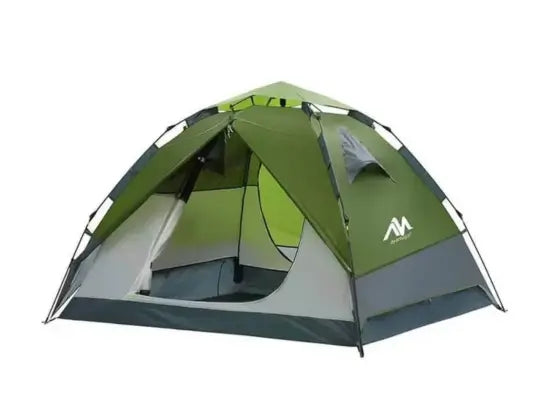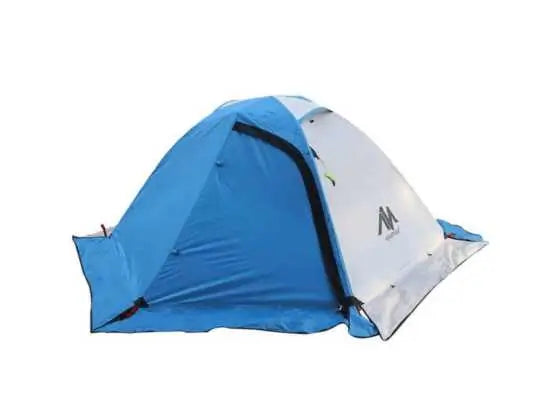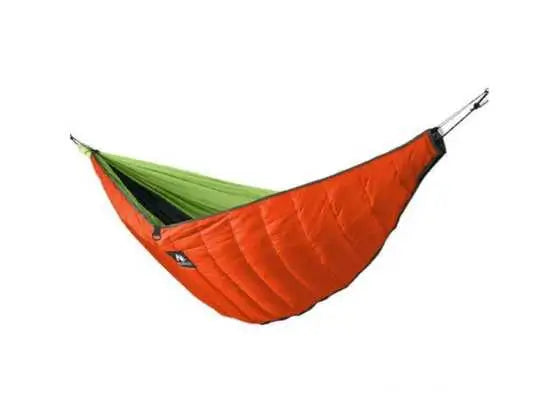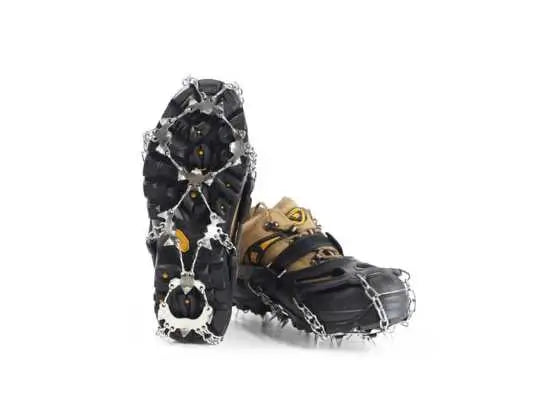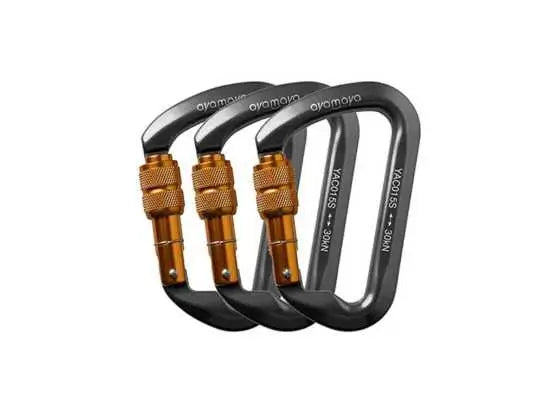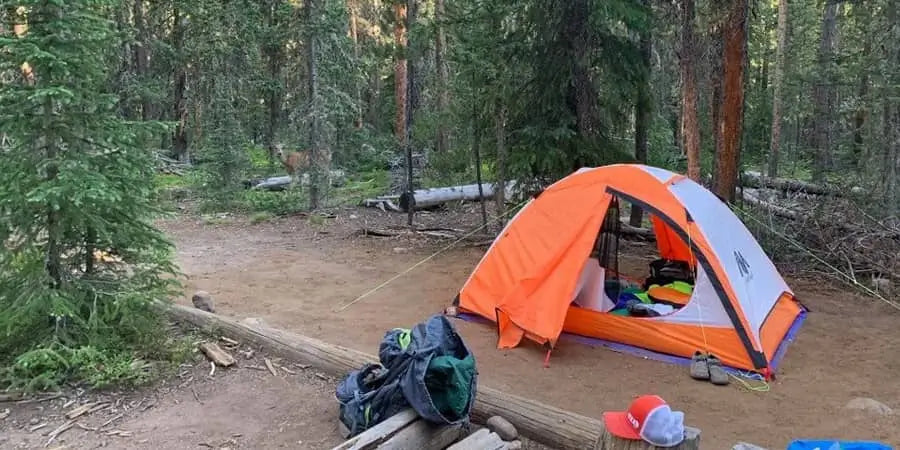A backpacking country shelter is your “home away from home” in different lands you travel. It is a home you can carry on your back, no matter which place you are heading to. A hiking tent is all about your comfort and protection against external stresses like weather, insects, and animals. It is a space where you can rest your body after a long tiring day.
The market offers a variety of backpacking tents with respect to shape, size, setups, capacity, and many such aspects. In this case, buying the best camping gear might become confusing for you. Here is a simple guide that will solve your confusion. You only need to find answers to the following questions, and at the end, you will surely make the best choice for your hiking tent.
1. What are the external stress conditions you might encounter?
Here external stress conditions emphasize more on seasons and insects. If you are a taking your initial steps in hiking or you prefer travelling in less adverse weathers like summer, spring, and fall, go for a 3-season backpacking tent. But if you are used to mountaineering and experience fierce winds and cold during your hiking, you should go for using 4-seasoned mountaineering hiking tents. Extended backpacking tents are also available to withstand moderate snowfall along with providing facilities similar to any 3-season backpacking tent. Do not forget to check the insect and mosquito protection features of the tent.
2. How many fellow companions are travelling with you?
Backpacking tents available in the market have specifications about the accommodation capacity of the tent. The industries keep space and weight management in mind while manufacturing the backpacking tents. Thus, you may experience a lower backpacking tent capacity than the one that industries claim.
Note that a single person needs a floor area of approximately 14 square feet and buy the tent accordingly. Also, if you know the size of your fellow companions, you can check the dimensions of the tent and buy it accordingly. It is advisable to buy a tent with higher accommodation. For example, if two hikers are going to share a single shelter, choose for a tent that can accommodate three people.
You can also choose a lightweight solo minimalist shelter if you are travelling alone and need more protection during camping. There are options like bivy sacks, Tarps or floorless hiking tents, hammocks, bug shelters, etc. under minimalist tents.
3. What is your budget for buying a hiking tent?
Think about how much you can spend on a backpacking tent before looking for it. Be clear about your requirements. If you need to backpack your shelter occasionally, buy the one with a lower price—the majority of the backpacking tent price fall between $300- $500 (two-three person tents). The ones with higher rates will give you low weight tents with better refinements.
4. What is your maximum limit to carry the weight of a backpacking tent?
Backcountry shelters that you find in the markets have significant variations in their weights. The weight is due to the tent fabric, poles and flies along with the bags that pack them. But you can split the weight with your companions and add an average of 2-3 pounds of backpacking tent weight on your back. Buying a lightweight tent is advisable, but it is not the sole aspect to consider. You need to check its durability and space too.
5. What is a desirable tent set up for your camping gear?
A free-standing hiking tent setup is easy to relocate from one place to another. It can stand firm on the ground with no stakes. There are semi-freestanding setups also available for backpacking tents. Always remember that a simple tent just has 4-5 poles that can arrange a skeleton for your shelter. But if you need more space and strength, then you need to choose a backpacking tent setup where the manufacturers provide different types of poles (Straight and bent) to give a suitable arrangement. But more the number of poles, more is the complexity. Hence, you should choose your setup according to your convenience.

Bonus Tips for choosing the best backpacking tent
1. Never miss on to checking the ventilation
It is evident that human respiration releases heat and this moist heat needs a vent for escaping your tent. Hence, proper ventilation should be your choice while buying a backpacking tent. You get tents with mesh panel canopies. But prefer this design if you go camping in mild weather conditions. Some shelters have vented rainfly to withstand cold and rain.
One of the essential aspects is choosing the number of doors. Doors not only provide correct ventilation but also offer comfort for entering and exiting the tent. Prefer two doors over single door tents.
2. Always check the material of poles and fabric that makes the hiking tent
Poles made from different materials are available in the market. Some of these materials are DAC, 6000-series aluminum, 7000-series aluminum, etc. Choose the best grade aluminum material for the poles.
Polyester is preferable over rayon for backpacking tents because rayon tends to hold water. If you are planning monsoon camping, you should strictly choose polyester as your backpacking tent fabric.
3. Check the accessories and other additional facilities in the backpacking tents and get the one that you would love to use
Other accessories that accompany backpacking tents are footprints (a ground cloth), Seams, Seam sealers, wind resistance, and gear lofts. Apart from these, there are various color options available for the tent fabrics. Choose the color that soothes your eyes and reminds you of your home away from home.

Conclusion
Camping demands many preparations, and one of the most important among them is shopping for a backpacking tent. Follow the list of these tips and make the best choice for your hiking tent. Enjoy your camping experience with a cozy backcountry shelter that gives you a homely feeling at the end of a tiring day.

